Geology Field Camp 2025: Celebrating 60 Years of Progress
October 2, 2025
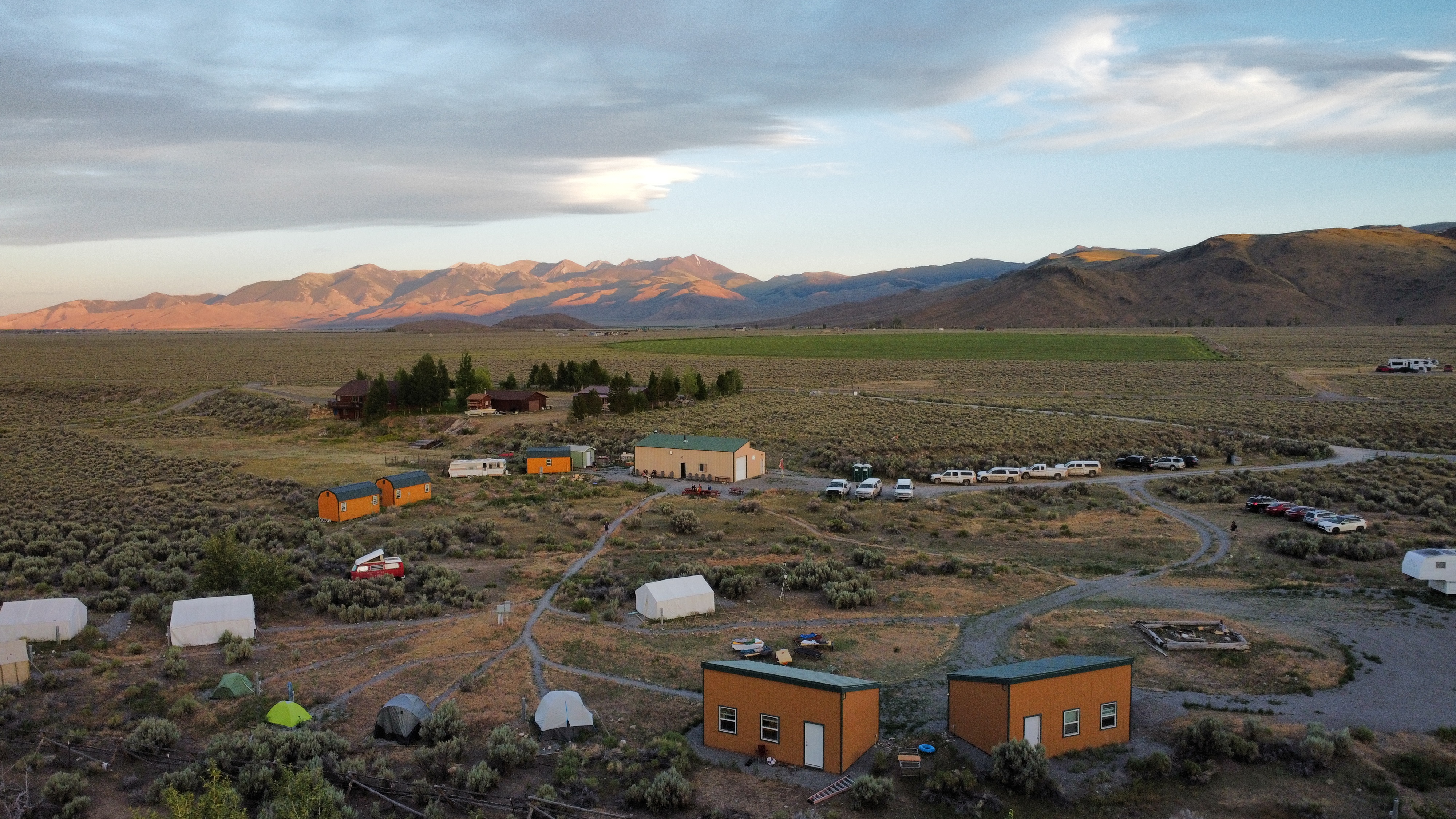
Now in its 60th year, the Geology Field Camp experience at Idaho State University has evolved over time, but one thing has remained the same: Idaho’s varying landscape is a uniquely designed puzzle perfect for students learning about the earth’s structural features and geological history.
Over the field camp’s 60 years, opportunities for expanding student experiences beyond the classroom have grown as the facilities have changed. Today, the Geology Field Camp is based at the Lost River Field Station, which was built in 2001 near Mackay, Idaho and donated to the University in 2011 by Emeritus Professor Paul Link. The Lost River Field Station offers small cabins, a building with a commercial kitchen, three bathrooms, study hall, computer lab, WiFi and a full time cook. In the past, however, field camp used less developed sites, and students and faculty had to work while managing winter storms, bacterial infections, altitude sickness, and injuries. ISU’s field camp Founding Director Tom Ore recalled two field camp years that were perhaps less satisfactory than others.
“One was a summer where some strange giardialike malady was contracted by a few that had swum, I think, in water downstream from a sheep grazing area. The disease ran rampant through the camp, until about 2/3 of the students had it in various degrees of seriousness. We finally had to shut down operations, and I spent most of a week shuttling back and forth from the camp to the hospital in Jackson. Another summer it started raining early in the week and simply didn’t stop. At first we tried to work through it, got wetter and wetter, with no way to really dry out in the evening, and we finally had to totally suspend operations for most of the week. Other than that, I think that we were pretty lucky with the large number of students that went through the camp.”
Although today’s field camp is based out of the Lost River Field Station, that does not mean it’s easy. Throughout the summer, five ISU undergraduate students majoring in geology joined peers from universities and colleges across the country to explore several regions of the gem state from the base camp near Mackay, Idaho. They may have enjoyed amenities missing from earlier field camp days, but their work was intense.
“Students are in the field from about 8:30 a.m. until 6 p.m. or later, working on mapping and figuring out the geologic packages or units, which are puzzles that exist within the boundary area of study,” said Ryan Anderson, field camp director and assistant professor of geology at ISU. “They are hiking, hammering, doing a lot of physical work to figure out the spatial differences between the geological units, looking at the textures and minerals of the different rocks, how they are shaped and organized.”
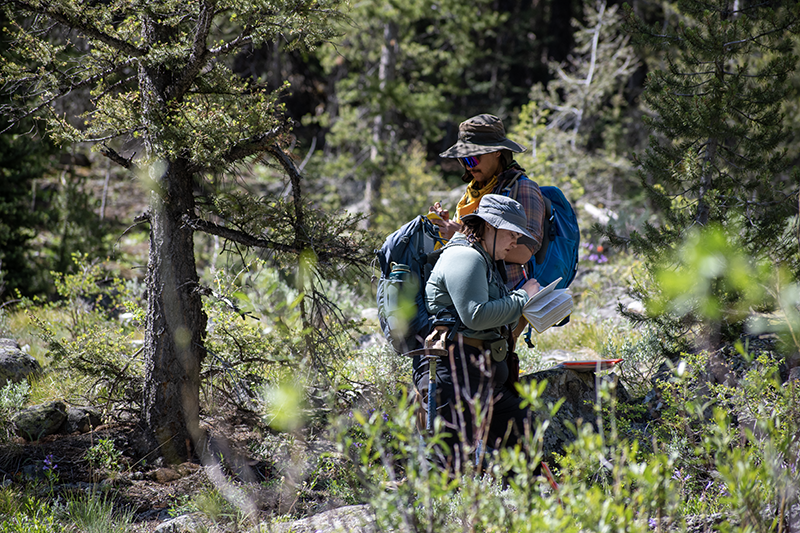
The ISU field camp experience is unique to others in the United States. Students in other programs are responsible for arranging their own housing, cooking, cleaning and overall camp logistics.
“With the ISU field camp experience, students are pushed farther academically because they aren’t worried about details like setting up their tent every night or figuring out what to eat at the end of a long day in the field,” Anderson said. “Our students frequently have assignments due by 10 p.m. after returning to camp.”
The geological mapping area north of Mackay is unique due to the formation and existence of so many types of rocks. Students are trained to understand what to look for, how to look at it, how and why to take quantitative measurements to add to a map. The rocks and materials being studied in these field areas range from a few thousand years old, to some of the oldest rocks in the state, over two billions years old. The rocks being studied in this area are the oldest in the state, over two billion years old.
“We have a wide range of rocks here, volcanics, plutons, sedimentary, economic rocks, all in one area, it’s very diverse,” said Tyler Smart, ISU geology student. “We’re studying lithologies, looking at a rock, finding out what minerals are in it, and classifying it based on that information, looking for where that rock ends and a new rock begins.”
In the years before field camp, students learn about different layers of rocks that have certain traits and expected ways of how they are supposed to interact with each other, but quickly learn when they get out there, they rarely interact the way that they should. Field camp is all about figuring out the complexities of those geological problems.
“Throughout our four years in the classroom, we learn basic concepts that get progressively more difficult and complex, but then when you get to field camp you realize the world isn’t quite that simple,” said Tiago Heebner, another ISU geology student.
Students also learn to understand the importance of studying geologic events from the past to help inform the future.
“We know there are multiple faults running through this area, along with all three of the rock types, igneous, metamorphic and sedimentary, next to each other, which is somewhat strange. You need heat to metamorphize rocks, you need ‘not heat’ to keep sedimentary rocks maintained and so it’s pretty strange,” Smart added. “There’s also folding in the area, which makes it look like somebody took a flat piece of paper and squished it, and folded it.”
“Sometimes faults can be reactivated,” Schriock added. “If you’re near an active fault, and it ruptures, you could have property damage, it’s not great to build a city near an active fault and so knowing where those are is pretty important, especially debris falls and landslides to help mitigate damage in the future.”
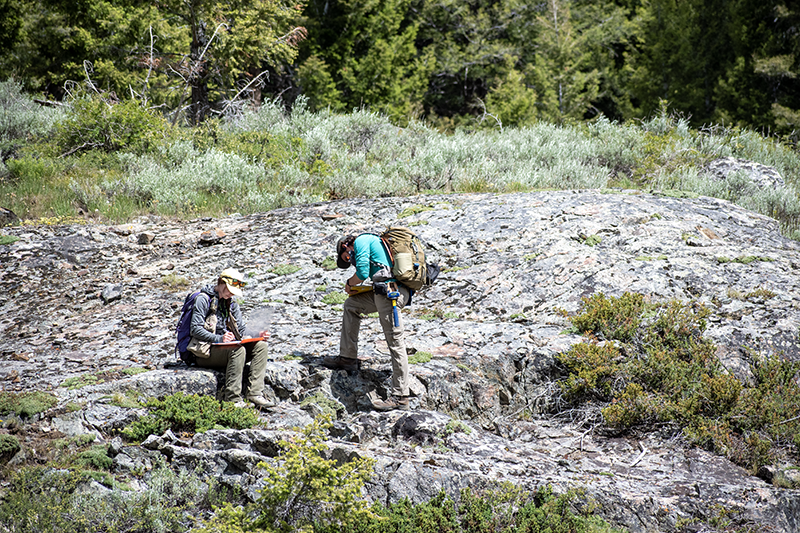
Chase said it’s also important to “know your earth” for a number of reasons.
“Just in the time we’ve been doing this, we’ve studied glaciers, water supply, resource management, and more. It's so important as we go forward into the future to not only utilize the resources that we have in the U.S., but to use them well,” said Chase. “Water supply is one of the most important things in the state of Idaho to maintain a consistent supply for farmers. When we’re doing these exercises, studying past climates, it’s very important that we’re watching our resources and using them well.”
Though complex, the minerals and the relationship between layers of rocks are the fundamentals that haven’t changed about field camp.
“There was a big glacier sitting in this valley 18,000 or 20,000 years ago, which helped carve this beautiful valley that we’re studying today,” said Kendra Murray, associate professor of geosciences. “It’s kind of like a magic eye puzzle, the additional features sometimes jump out in unexpected ways. The metamorphic rocks here are really beautifully folded and different colors, they’re really charismatic. Not only is it beautiful, but it also tells us something that can be measured with a trained eye.”
Most schools require a field camp experience to obtain a bachelor’s degree in the field of geology, but many have shuttered their own, so the ISU offering attracts about 30 students each year from across the country.
The diverse nature of rocks isn’t the only thing memorable for students at field camp.
“There are people from all over the country here, more places than you would think, like Congo, Saudi Arabia, New York, and that has been really great to network with people with so many different perspectives and backgrounds,” Heeber said.
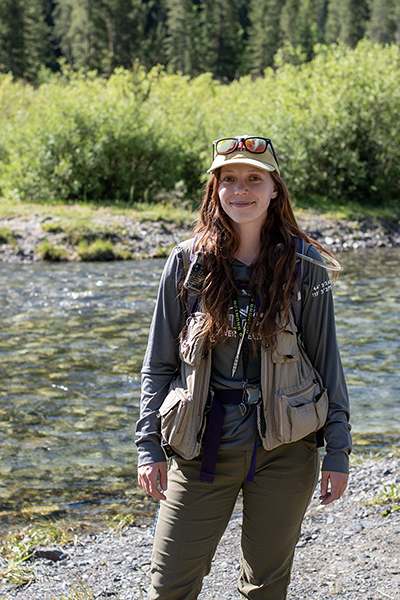
Nicole Rowse attended ISU’s field camp for a second time this year as a graduate teaching assistant, working toward a master’s degree in geology from ISU after earning a bachelor’s degree from Sam Houston State University in Texas. Aside from the learning experience, Rowse says the people and the location are her favorite parts of field camp. “Being from Texas, we don’t have anything that looks like this, so the new experience in the wilderness is incredible,” said Rowse. “But the most important thing for me has been having fun, learning a lot and making friends. I’ve made friends that I’ll have for the rest of my life.”
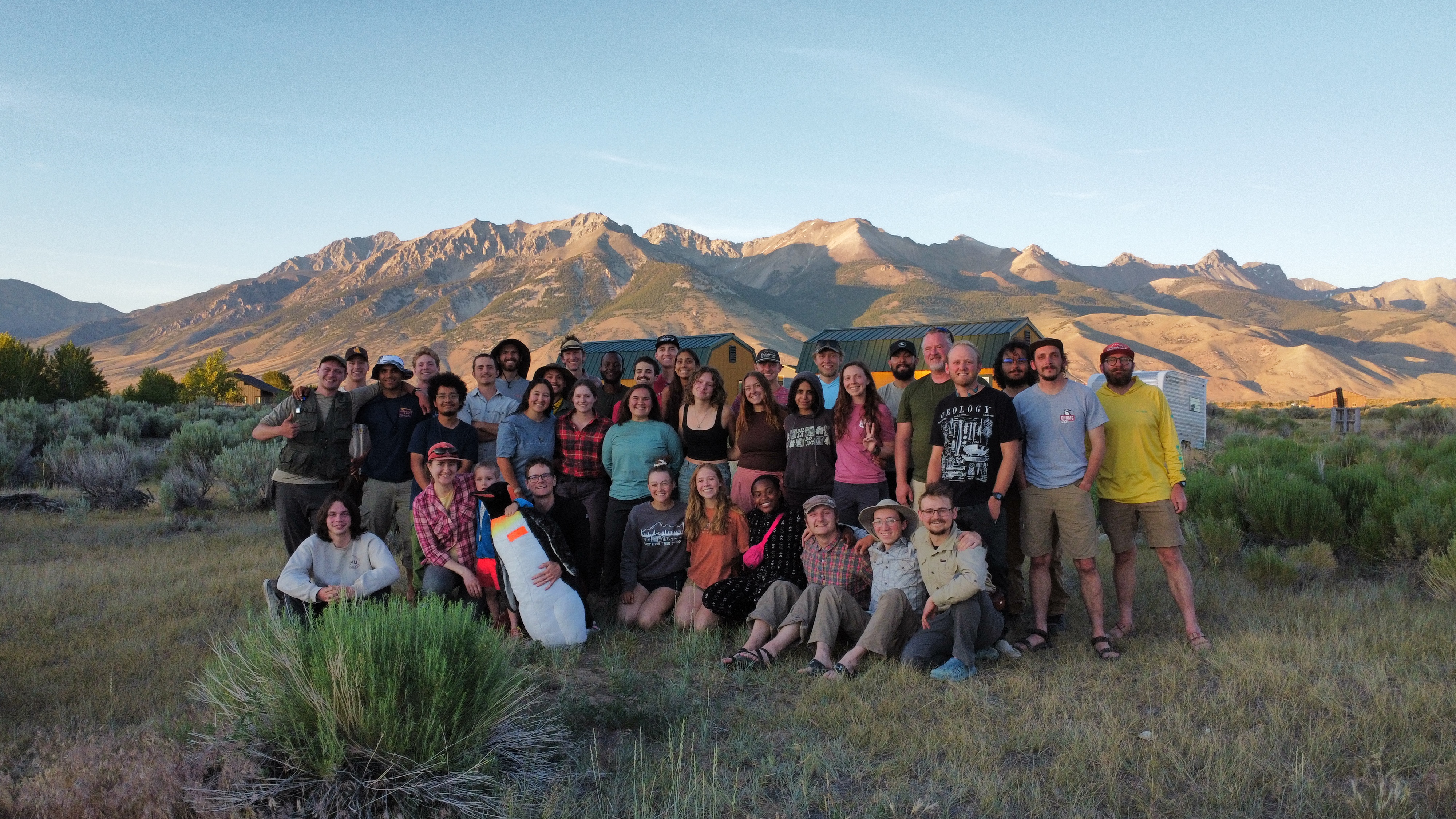
Categories:
